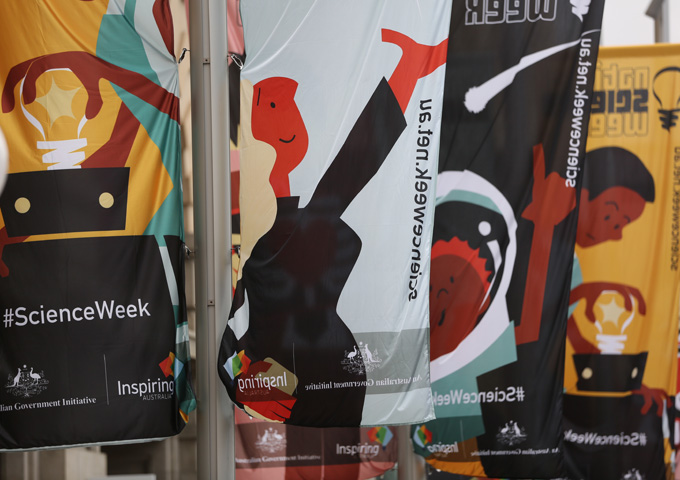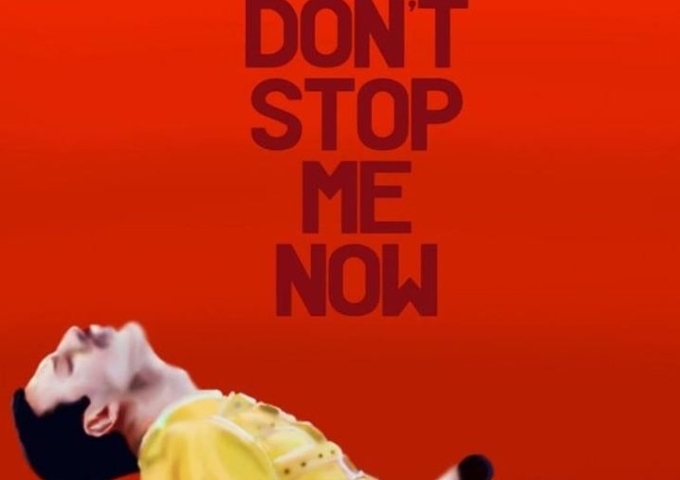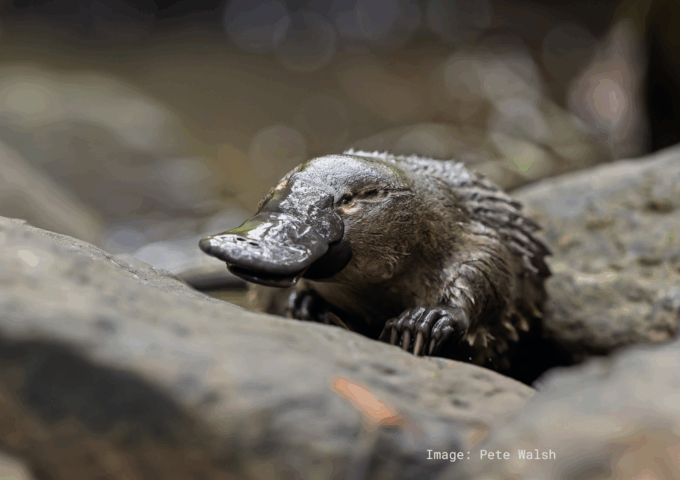
 Around 95 million years ago, dinosaurs roamed Australia.
Around 95 million years ago, dinosaurs roamed Australia.
The remains of these dinosaurs are found in abundance near the town of Winton, in outback Queensland, because the surrounding rocks are the right age (Cretaceous), and formed in the right environments (rivers, streams, billabongs), to preserve their bones.
The dinosaurs most commonly found here are the huge sauropods – long-necked, long-tailed, small headed, four-legged plant-eaters with huge guts and small brains. Despite their seeming lack of intelligence, sauropods were extremely successful; as a group they survived for over 120 million years, and their bones have been found in places all over the world, including Antarctica.
The sauropods at Australian Age of Dinosaurs are helping to fill in gaps in the story of sauropod evolution during the Cretaceous period, the last period of the dinosaurs’ reign. Through our efforts, the number of sauropod specimens characterised from Australia has more than doubled, and they are coming in all shapes and sizes.
There’s the majestic, long necked possible-brachiosaur nicknamed “Mick”; the barrel-bodied “Wade”, who will receive a proper scientific name later this year; the intriguing baby sauropod “Oliver”; and the stocky-limbed Diamantinasaurus, a.k.a. “Matilda”, whose hip is shown in the photo with Australian Age of Dinosaurs staff George and Kate.
By comparing Australia’s sauropods with those from around the world, we can trace when and how they migrated across continents, how their lifestyles changed, and increase our understanding of why they were so successful. The continuing efforts of staff and volunteers are helping us understand the amazing animals of Australia’s ancient past.
Visit us in Winton and see some of these fascinating fossils, and take a guided tour of our Collection Room and Laboratory.
Guest post by Stephen Poropat, Australian Age of Dinosaurs.






